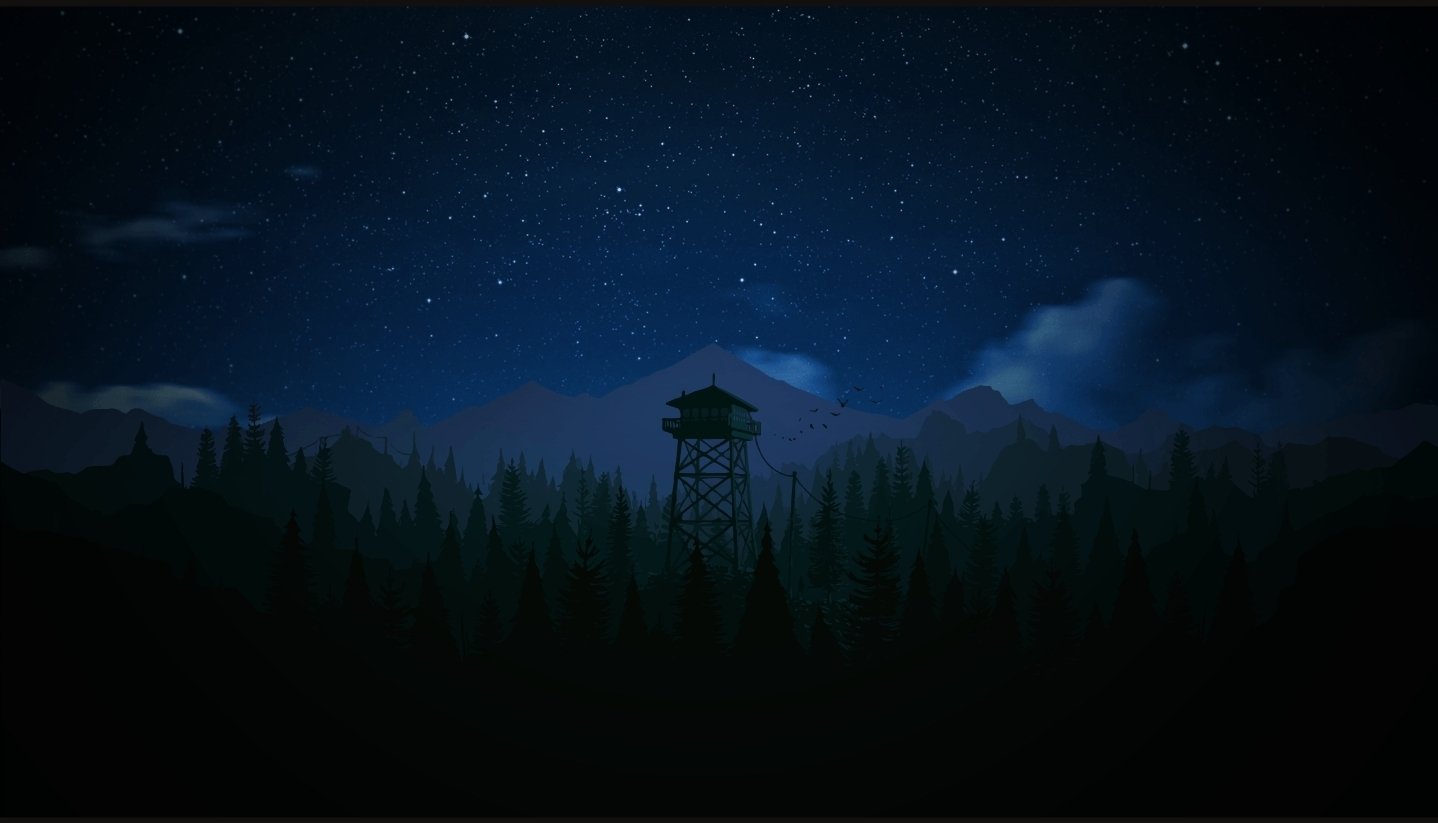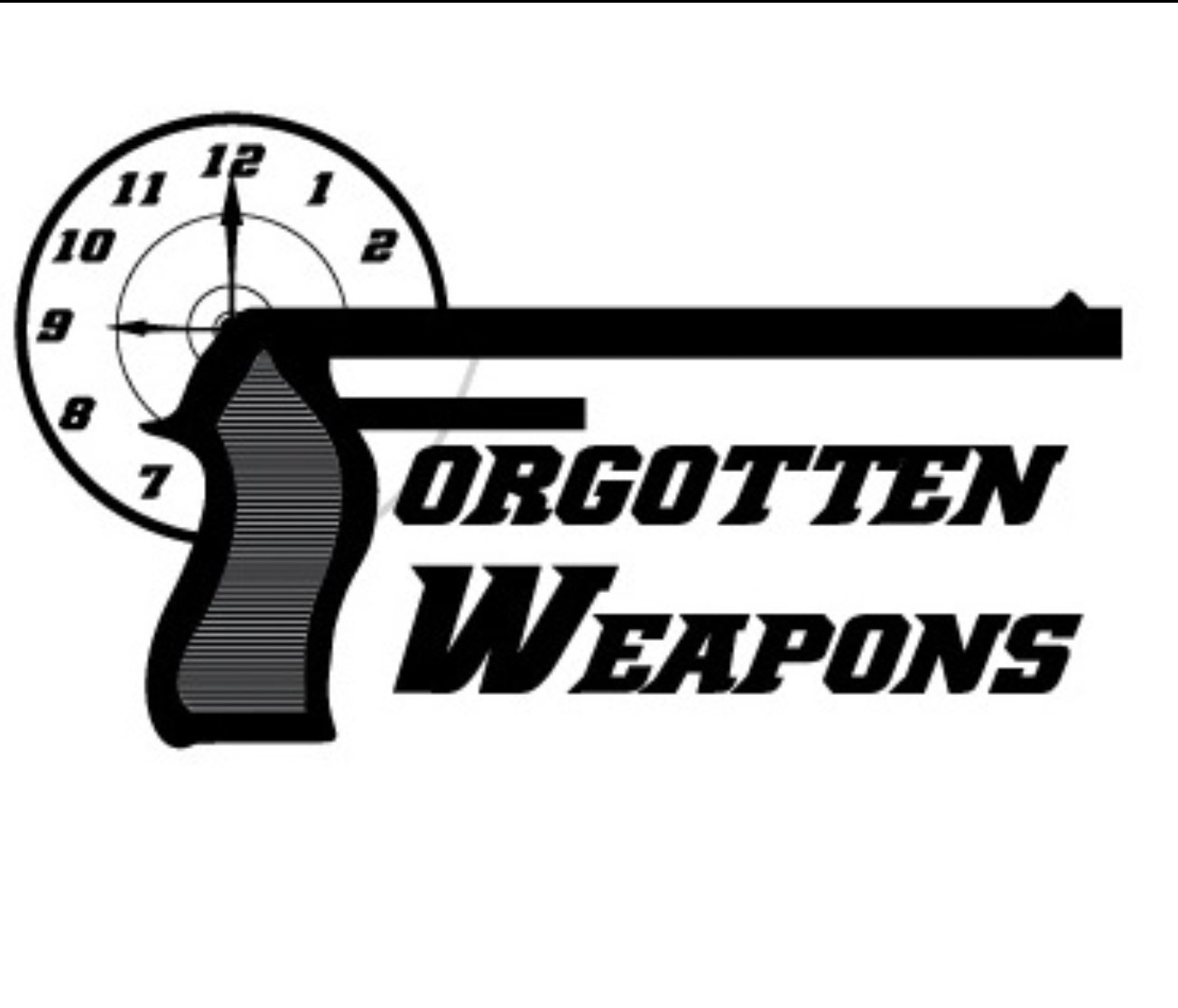The first repeating rifle used in combat by a military force was a flintlock system developed by the Kalthoff brothers. It was adopted in the 1640s by the Danish Royal Guard, who purchased a bit more than 100 of the guns, and used them successfully in the Siege of Copenhagen in 1659. The Kalthoff is a .54 caliber flintlock rifle with a magazine of 30 balls under the barrel and a powder storage compartment in the buttstock. A lever under the action is rotated forward 180 degrees and then back to completely reload the rifle – this action loads a ball into the chamber, seats it fully in place, loads powder behind it, primes the pan, cocks the hammer, and closes the frizzen. This was an amazing amount of firepower in the mid-1600s, and the mechanism in the gun is brilliant.
The Kalthoff brothers (Peter, Mathias, Caspar, Henrik, and William) spread out across Europe working for many royal courts although it was in Denmark where their gun saw the most substantial military use. The system would lead to other repeating flintlock designs like the Lorenzoni, but these did not really meet the quality of the original Kalthoffs (in my opinion). However, the system was very expensive to make and rather fragile to use. By 1696 the Danes had taken them out of service in favor of simpler and more durable designs.


So… a weapon from a hundred years before their time that had not made it anywhere near mass production is a sign that it is the future?
It can be. They had electric vehicles in mines in the 30s and a few decades later here we are. The problem was the power source. Those vehicles were run with ridiculously long extension cords.
For guns the capacity was there, the problem was managing powder, caps and bullets. Cartridges came around and rapid fire was now easily achievable